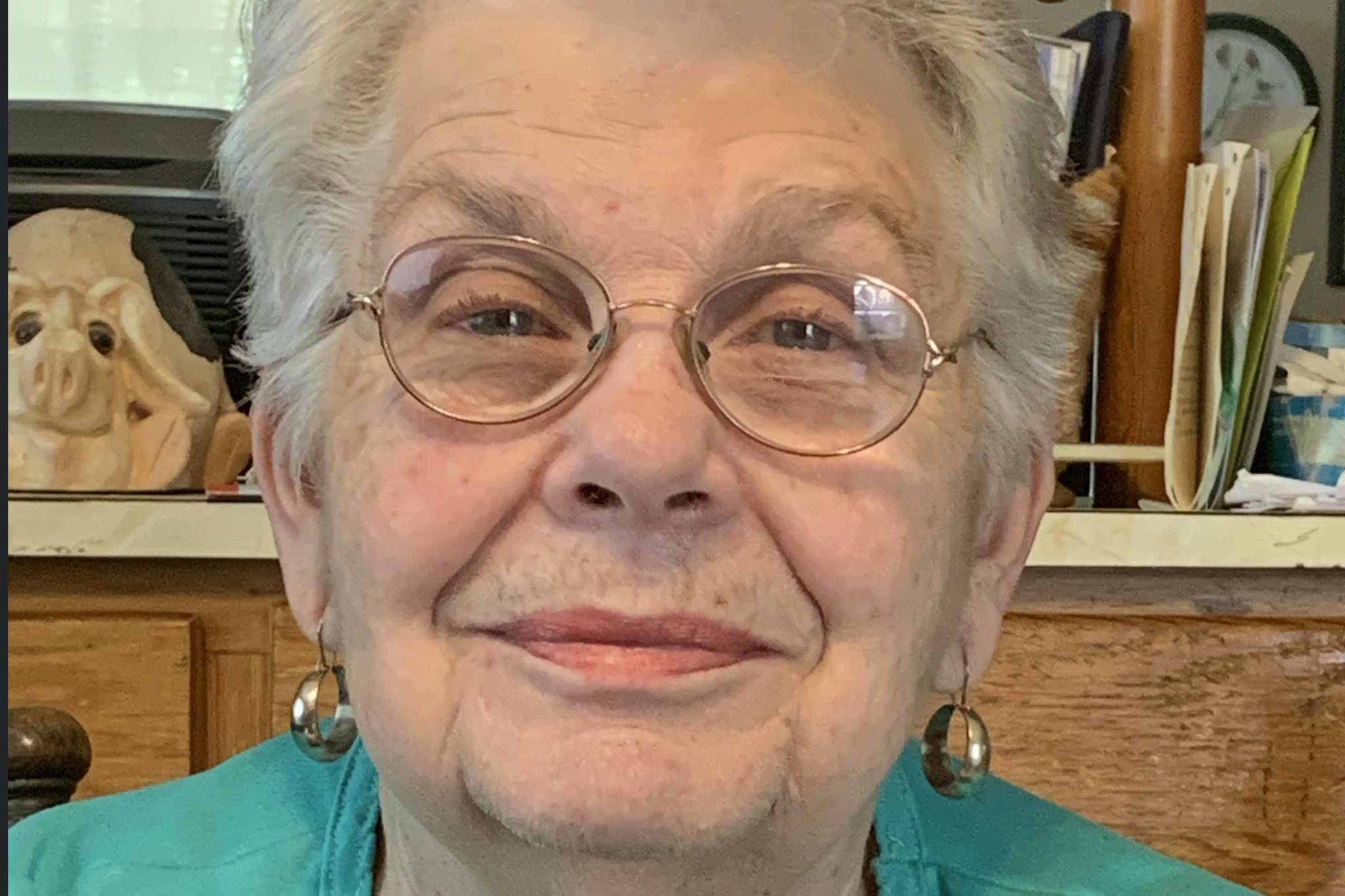I expect these past several months have found us all doing things we thought we’d long forgotten, or at least given up for better things: baking, sewing, gardening, reading, games, puzzles, even sleeping. I’ve tried them all. Some aged better than others!
Lately it has been baking bread. I used to bake bread regularly, in part from necessity, but to be honest, because I found it satisfying and comforting. My mom baked fabulous bread. Her recipe was versatile. It could be used for sweet bread as well as regular table bread, and it made two large loaves and a pan of cinnamon rolls, or any iteration needed for that particular day: dinner rolls on Sunday, sandwich loaves for schools days, the aforementioned cinnamon rolls just because, and always huge crusty loaves for every day.
She used the recipe from her mother and passed it to me. Simple, and I was a little surprised I remembered it. We lived on a farm, so the raw milk had to be scalded. (Something about the enzymes in the raw milk destroy the activity of the yeast. Science was never my strong point). Pour it over the shortening to melt it, add the sugar and salt, let cool. Here is where you decided whether you wanted to add an egg and extra sugar for a delicious sweet bread, or just to continue with ‘plain bread’. Add a little flour and the blooming yeast, a little more flour to create the gluten mixture, then eventually all the rest of the flour, kneading the final cup or two in on the bread board.
Grandma always maintained that the kneading process was the difference between bread and really good bread, so I would spend several minutes working the dough into a smooth pliable lump ready to be put to rise. One day Youngest Son arrived home from school during this process. He plunked into a chair and started in on his lousy day. I told him to wash his hands and help me with the bread while he talked and I cleaned up. He pounded, kneaded, socked and everything but jumped on that batch of dough. When we finally put it to raise, he was happier and calmer. And that bread was some of the best I’d ever made. After that, he’d come home some days and say, “I need to make bread.” I taught him the recipe so he could do it on his own. To this day, he still makes great bread, and doesn’t even have to be having a bad day to accomplish it. Something about “It’s all in the hands, Mom.”
Mom always set the dough to rise twice before putting it in the pans for the final raise. We’d poke it with two fingers to make sure it had doubled, then punch it down. The punching down is also important because it eliminates air bubbles created by the working yeast. After the second rise and punch down, it was time to form the loaves or whatever.
Loaves were easy. Cut a lump from the bigger mound of dough, form it to fit the container, then ‘spank’ it before placing it in the pan. That part was the giggle. As little kids we waited for Grandma to spank the bread, and sometimes we spanked it for her. A good spanking prevents holes in the bread. She told us it was to make sure it stayed in the pan.
If Mom was making cinnamon rolls, she would pinch off a large chunk and roll it into a rectangle, then smear it with butter, sprinkle on a good amount of sugar and cinnamon, maybe some raisins, then roll it the long way of the dough. Next was brown sugar in the bottom of the pan, add pats of butter, or a small amount of cream, then cut the roll into portions, usually at least a dozen. Place them into the brown sugared pan and set to raise with the loaves. Then bake!
When done, Mom would tip a loaf out onto her hot-padded hand and tap it. If it sounded hollow, it was done. Usually 25 or 30 minutes. Cool briefly, then turn the cinnamon rolls out on the bread board, gooey side up. I didn’t even know about white icing on cinnamon rolls until I was an adult, intending to buy a cinnamon roll with my coffee and not finding what I thought of as a cinnamon roll (half as big and no goo).
So, I remember the process. The practice is a little dicier. Even in the time of stay-at-home, baking bread all day is not something I want to do. Maybe a pan of dinner rolls, or a loaf of raisin bread but my pioneer days are long gone, I’m afraid. It’s too easy to go to the store these days to buy a dozen cinnamon rolls (white icing and all).

